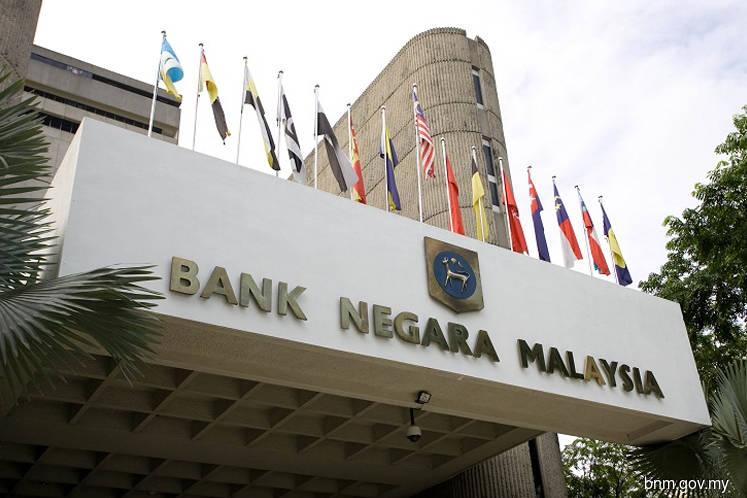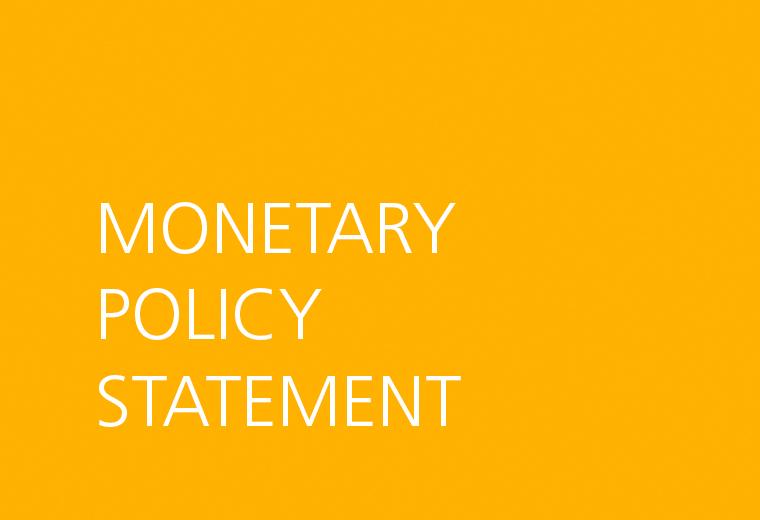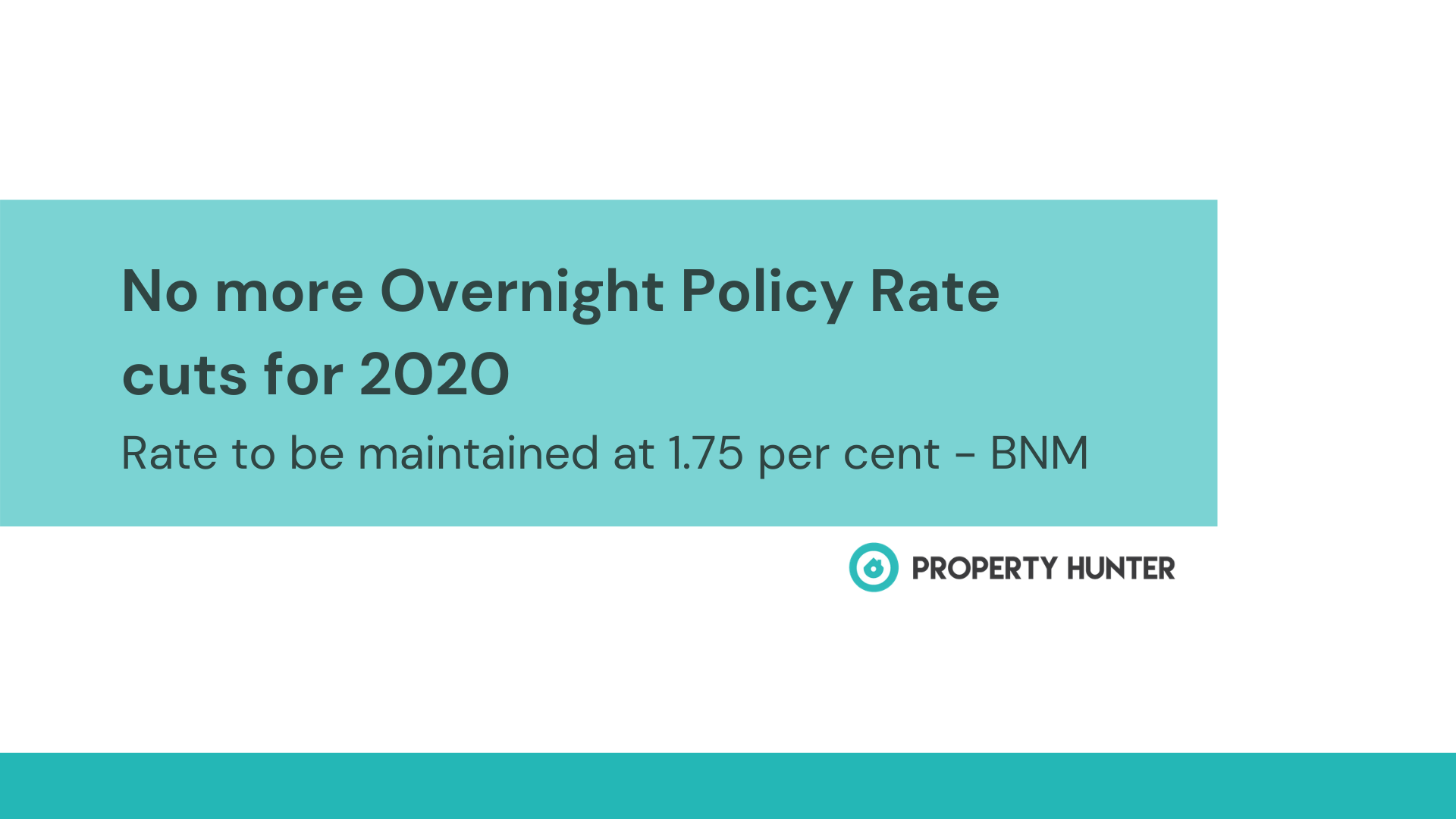The latest report by Moody's Investors Service has set off alarm bells over the direction of Malaysia's financial system, after the ratings agency called property loans the greatest threat for Malaysian banks.
The worrying remark in Moody's 2019 outlook report for Asia-Pacific banks came after Bank Negara's constant assurance that the domestic property loans are sound, with the industry's gross impaired loans kept under control.
Citing the latest stress test findings, the central bank said in September that the Malaysian financial sector would likely remain resilient under severe macroeconomic and financial strains.
Moody's report has also brought the Housing and Local Government Ministry's plan to ease home financing requirements under scrutiny, raising further questions on the relevance of such a move.
In July, Minister Zuraida Kamaruddin said the government and Bank Negara were in talks to relax the housing loan guidelines for first-time house buyers, primarily those in the low-income (B40) as well as middle-income (M40) groups.
While the plan was intended to boost home ownership and reduce the number of unsold residential housing units, property experts who spoke to StarBiz have warned that the plan to loosen lending requirements may backfire.
Across the region, Moody's said property-related loans form a large part of banks' credit portfolios. In the case of Malaysia, loans for the residential segment account for over 30% of the domestic banking industry's gross loans.
Apart from Malaysia, the ratings agency also named Australia, New Zealand and South Korea as the top countries in the Asia-Pacific region where property loans pose the greatest threat for domestic banks.
"Banks are exposed to property-related risks, although real estate prices are decreasing in such hot spots as Australia and Hong Kong, and posting slower growth in other markets," it said.
The report also highlighted Malaysia as one of the Asia-Pacfic economies that saw the steepest increase in residential property prices over the last eight years.
As at end-June, Malaysia came in fourth, just below Hong Kong, India and the Philippines.
However, unlike the three countries, Malaysia has seen property prices cooling down in the first six months of the year.
In the Global Real Estate Bubble Index 2018, UBS Global Wealth Management warned that Hong Kong - the world's most overvalued housing market - was at the greatest risk of a property bubble. Over the past 10 years, affordability in Hong Kong has deteriorated more than in any other major city globally.
Meanwhile, in India, house prices are expected to continue rising, although it may take a hit due to dwindling credit supply.
According to Reuters, house prices in the world's second most populated country have risen at almost double-digit rates for over a decade.
As for the Philippines, strong demand for properties especially in certain locations such as Manila, have consistently pushed up property prices. The booming gaming industry in Manila, fuelled by Chinese monies, have seen an increase in Chinese workers migration and this has raised property demand in the capital city.
Moody's expected the outlook for Asia-Pacific banks to be stable over the next 12 months, although operating conditions would prove to be more challenging.
According to Moody's vice-president and senior credit officer Eugene Tarzimanov, the banks' creditworthiness will likely stay broadly stable next year due to the still-healthy economic fundamentals and good credit buffers.
The capital, provisions and profit of banks in Asia-Pacific are anticipated to offer sufficient loss-absorbing buffers, with liquidity expected to remain stable.
"In addition, recent developments on bank resolution in Asia-Pacific cement our view that government support for the banks will stay strong, and that senior creditors will not be required to pay for bank rescues, although Hong Kong remains an exception," said Tarzimanov.
On the potential headwinds in 2019, the ratings agency stated that credit expansion would continue to slow down as economic growth in the Asia-Pacific region has peaked and would moderate going forward. Meanwhile, the ongoing Sino-US trade war would also pose a risk for the banks.
Moody's pointed out that private sector leverage remains high in many Asia-Pacific countries, exposing the banks to the risk of asset quality impairment as interest rates continue to rise. Nevertheless, growth in private sector credit has slowed, with some markets deleveraging.
"Moreover, capital flows in and out of Asian financial markets have been volatile, and further tightening in US dollar liquidity could have an adverse effect on corporate debt repayment capacity," it said.
However, the ratings agency remained positive that the banks in the region would have sufficient buffers against growing risks.
Moody's expected technological advancements to reshape the business models of the banks in Asia-Pacific.
"Digitisation will help banks scale down branch networks and reduce costs," it said.
.jpg)
_PH_Banner_(Desktop)(1200x180px).png)
.jpeg)


.jpg)




.jpg)
.jpeg)
